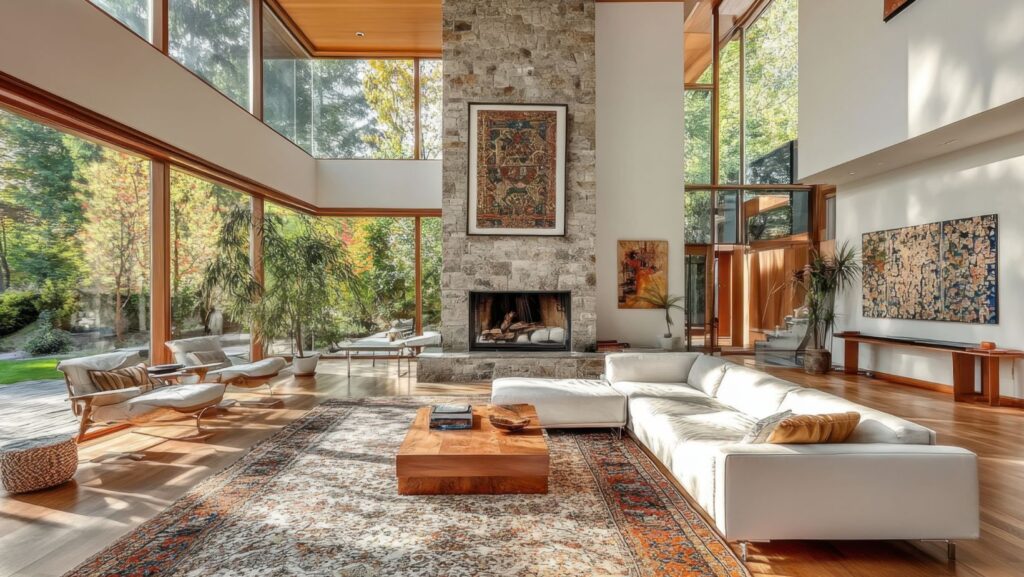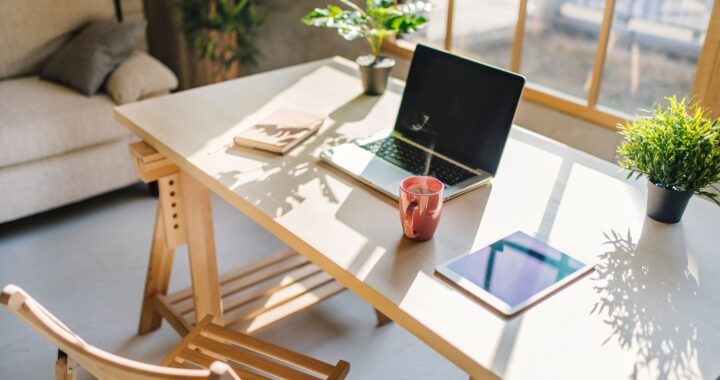The Subtle Power of Wall Art in Bedroom Appeal

When it comes to bedroom design, it’s often the quieter elements that have the most profound influence. Wall art, in particular, holds a subtle power—one that doesn’t shout for attention, but gently shapes the tone, style, and emotional resonance of the room.
Unlike furniture or lighting, which serve overt functions, art operates with quiet intent: influencing mood, deepening intimacy, and tying the space together. But what exactly makes wall art so impactful in a bedroom setting?
Setting the Emotional Tone
Bedrooms are personal sanctuaries. They are spaces for winding down, reflecting, and escaping the noise of the outside world. The right wall art helps establish this emotional context. A tranquil seascape or muted abstract evokes calm and serenity, encouraging restful sleep. Meanwhile, a warm-toned portrait or moody landscape might stir nostalgia or introspection.
What’s subtle here is not just the subject matter, but how art quietly regulates emotional atmosphere. Unlike bold wallpaper or vibrant throws, wall art exerts a background influence—always present, yet never overpowering.
Establishing Visual Harmony
Bedrooms benefit from a sense of balance between light and dark, texture and smoothness, stillness and expression. One of the most understated powers of wall art lies in its ability to create this visual equilibrium. A carefully chosen piece can quietly tie the room together, softening contrasts and enhancing flow.
A beautiful art print for bedrooms can act as the bridge that connects disparate design elements into a unified whole. For instance, a print that echoes the tones of the bedding or flooring can bring cohesion without overwhelming the space. In this way, wall art gently reinforces design intention while maintaining the bedroom’s sense of calm.

Creating Depth and Personal Expression
Wall art doesn’t just decorate a room; it gives it dimension. Bedrooms can easily become flat or one-dimensional if they rely solely on functional furnishings. Art adds layers: visual texture, emotional depth, and personal narrative.
A piece that reflects the inhabitant’s taste, travels, or heritage introduces identity into the room without the need for words. Unlike statement furniture, which may feel ostentatious or trend-driven, wall art expresses individuality in a subtler, more enduring manner.
Enhancing Perception of Space
Another often overlooked benefit of wall art is its influence on how we perceive room proportions. Strategic placement and scale can make compact bedrooms feel more expansive or high ceilings feel more grounded.
For example, vertical pieces draw the eye upwards, subtly exaggerating ceiling height, while horizontal works can widen a narrow wall. In more advanced applications, some artists use trompe-l’œil techniques to create illusions of depth, texture, or even architectural features. In bedrooms, this playful visual trickery can make spaces feel larger or more immersive without altering the physical structure.
Adding a Sense of Completeness
A bedroom without art can feel unfinished—even clinical. Wall art offers that sense of completion, the final stroke that transforms a space from merely functional to emotionally satisfying. But it does this with discretion. A canvas or print doesn’t demand to be noticed; it simply fills a void that many may not even realise existed until it’s resolved.
Art makes a space feel cared for and considered. Its presence signals that attention has been paid to every corner of the room, contributing to a sense of harmony and lived-in comfort.
Encouraging Mindful Design
Perhaps the most profound yet subtle power of wall art is how it fosters mindfulness in design. Choosing artwork isn’t a passive act; it requires thought about feeling, narrative, and environment. This conscious selection process leads to more intentional spaces—bedrooms that aren’t just styled, but felt.
This is especially valuable for designers and homeowners seeking tailored solutions. The process of curation itself becomes an act of storytelling, allowing every element to align with purpose.
Quiet Influence, Lasting Impact
Wall art may not speak loudly, but its message is deeply felt. It shapes the bedroom experience in ways that are nuanced yet powerful—altering mood, refining aesthetics, and conveying story. This subtlety is its strength. In the end, the appeal of a bedroom lies not in how much it impresses, but in how well it makes one feel at ease—and wall art plays a quietly crucial role in achieving that.

 A Good Brand In A Modern Bathroom – How Does Caroma Tapware Combine Design With Functionality?
A Good Brand In A Modern Bathroom – How Does Caroma Tapware Combine Design With Functionality?  How Modular Sofas Are Redefining Modern Living Spaces
How Modular Sofas Are Redefining Modern Living Spaces  The Coolest Home Office Furniture for Productivity and Comfort
The Coolest Home Office Furniture for Productivity and Comfort